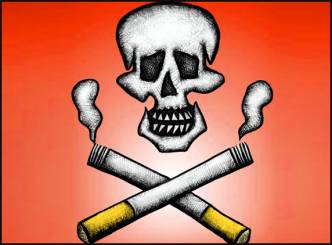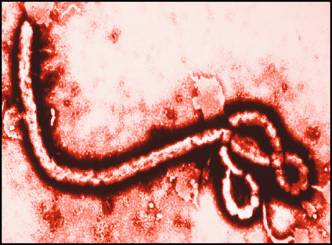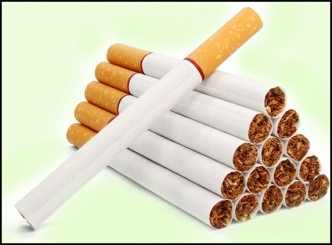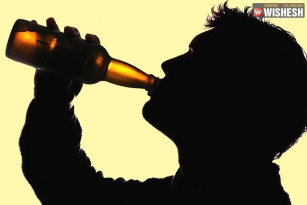
More than half of U.S. drivers killed in car accidents had alcohol or drugs in their system at the time of the crash, according to a new study.
Using data from the National Highway Traffic Safety Administration on fatalities in 14 states, researchers found that men and people driving at night were the most likely to have alcohol, marijuana or other illicit or prescription drugs show up on a toxicology screen after the accident.
The records couldn't show whether drivers had enough of a certain drug in their system to feel or act impaired or if prescription drugs were used incorrectly.
"All they really can say is that this is the frequency with which you see drugs in the blood of fatally injured drivers," said Robert Voas, who studies alcohol and highway safety at the Pacific Institute for Research and Evaluation in Calverton, Maryland.
"But whether any of the drugs or a particular combination of drugs was causing the crash - their data can't tell you that," said Voas, who wasn't involved in the new study.
"There's a need for more testing, and more consistency within the testing," said Joanne Brady of Columbia University in New York, who co-authored the research.
For example, not all states test for the same drugs at the time of a crash, or have a policy to test consistently at all, Brady told Reuters Health. And there are still questions about how multiple drugs might interact to affect a driver's ability to focus on the road.
Out of 20,150 fatally injured drivers in 2005 to 2009, 57 percent tested positive for at least one drug - including one in five who had multiple drugs in their system when the accident occurred. Alcohol was the most common drug to show up on tox screens, followed by marijuana and stimulants, which include Adderall and amphetamines.
Sixty percent of men killed while driving had drugs or alcohol in their system, compared to less than half of women. People who had an accident at night or on the weekend were also more likely to test positive than those driving on a weekday.
Blacks and whites were equally likely to test positive on a tox screen after a fatal accident - but Asians were much less likely to have drugs or alcohol in their system, and Native Americans much more likely, according to findings published in the journal Addiction.
The researchers didn't have data on the amount of the drug present in blood or urine samples, and cut-offs for levels that reflect impairment at the time of an accident aren't always clear, they added.
For example, a person could still test positive for marijuana use days or weeks after last smoking, said Brady and co-author Dr. Guohua Li.
According to the National Highway Traffic Safety Administration, there were more than 10,000 traffic fatalities in 2010 involving a driver with a blood alcohol concentration of at least 0.08 grams per deciliter - equal to almost one-third of all traffic deaths.
But with drugs other than alcohol, there is still a lot researchers don't know.
"There already is quite a bit of research that's probably going to continue to try to identify in drugs the point at which they are impairing," said Voas.
"With alcohol, the amount of alcohol is more or less directly related to the level of behavior impairment," Voas told Reuters Health. "The relationship of (a) drug in the body to the behavior of the driver is less direct and clear."
Prescription drugs, increasingly overused and abused, are an even bigger question mark.
"Benzodiazepines have been routinely found to be associated with a greater risk of crashes," Brady said of the anti-anxiety medications, "but there's not a ton of consensus out there about other drugs."


























